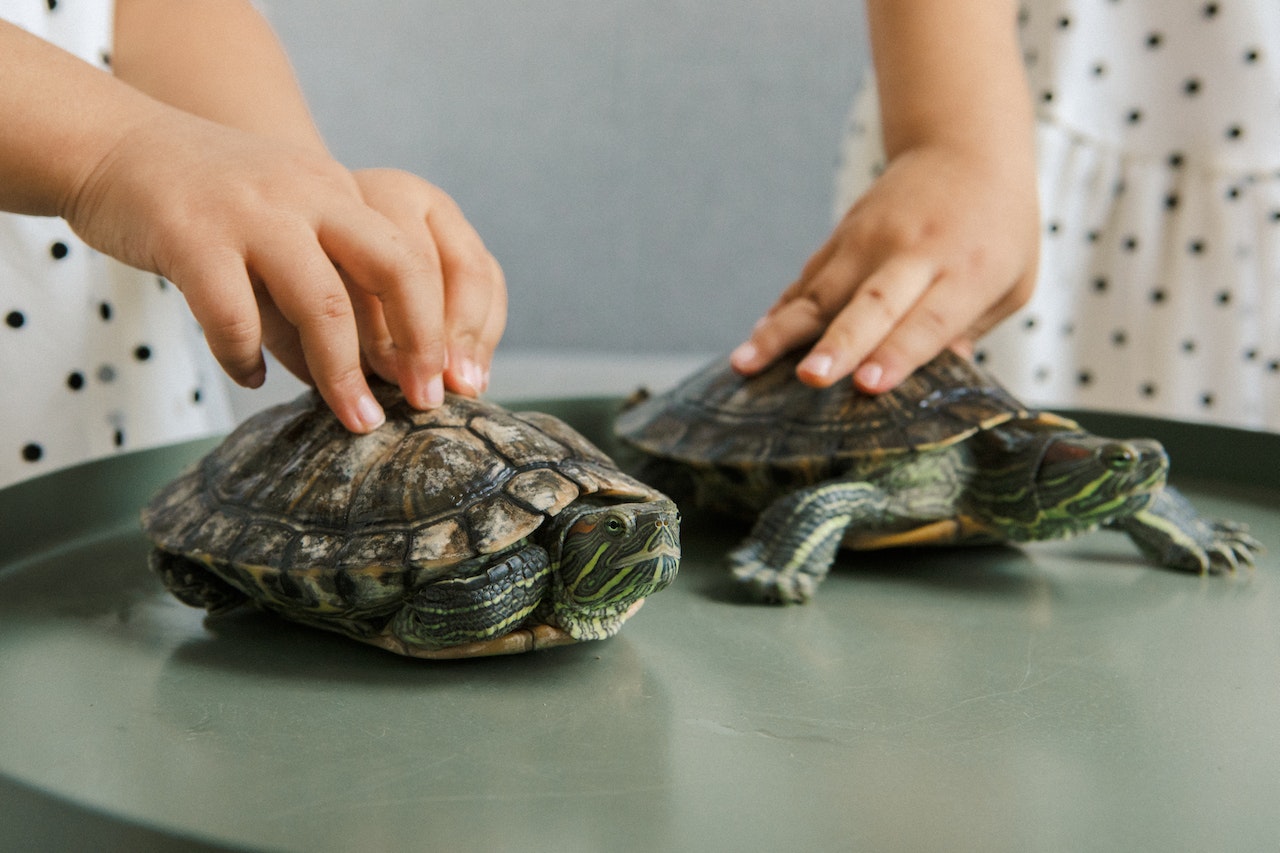Growing up, most people may think raising turtles at home is a walk in the park. We tend to believe they can live happily in water with just a steady food supply. However, that’s now how it works. Choosing turtles as a pet requires careful consideration, which entails efforts like frequent cleaning and special care.
Turtles are fun and relaxing pets to watch. If you’re an owner of a pet turtle or intend to get one for yourself soon, we will tackle the necessary pointers you need to know to ensure a healthy and happy experience for you and your reptile pet.
Ways to Keep Your Pet Turtle Healthy
Although turtles are not as friendly and cuddly as cats and dogs, they make great pets. Moreover, they can live for many years and even decades, so you should be prepared for long-term care and commitment before considering buying a turtle. To keep them in their healthiest condition, below are five valuable tips you should start doing now.
1. Provide them with the largest possible enclosure
Keeping the turtle in a large aquarium is an essential factor you should keep in mind when buying it. Research the turtle breed you intend to buy to know the exact space or enclosure you’ll keep them in. If it’s a juvenile turtle, know how large it will be when it reaches the adult stage.
Do not buy an aquarium just enough to fit them in their current state when you buy them. Otherwise, the tank will be very small, and you’ll spend more buying a bigger one.
2. Keep the tank and room temperature just right
Doing this will keep your turtle comfortable and help avoid health issues or hibernation due to high or low temperatures. When choosing the right size of your turtle’s enclosure, also consider the temperature of the place you want them in. When your turtle goes to hibernation mode, the right amount of temperature will ensure they get the most out of it.
3. Feed them healthy foods
All turtle breeds have specialized diets you should know about. Some are vegetarians that will only consume veggies and greens, while others may be carnivores that require live meals and proteins. Foods like trout chow, turtle pellets, boiled eggs, drained sardines, cooked turkey, chicken, and beef are all turtle-friendly foods. If you’re in doubt about what to feed your turtle, ask your vet for the best and safest options.
4. Frequently clean the tank and change the water
Even if you have regular maintenance devices or the best filtration systems, ensure that your turtle’s aquarium or enclosure is regularly cleaned. If you notice the tank getting smelly, it only means that the water needs changing. Turtles require fresh water and food daily, even when not hibernating.
5. Avoid touching them too much
Turtles aren’t very friendly playmates. They are better treated as being watched or looked at and not getting touched, as they get easily stressed when handled. Regardless of their size and age, avoid touching them unless necessary. Also, avoid dropping or throwing them as they still get hurt even with their hard shell covering them.
Learn more about 6 Major Benefits of Dog Training


